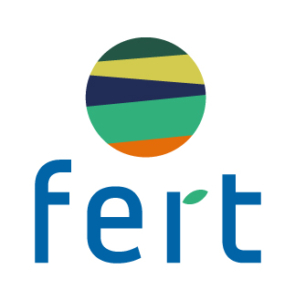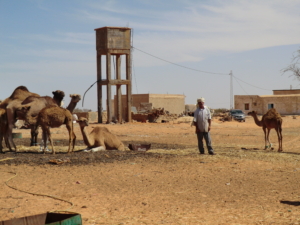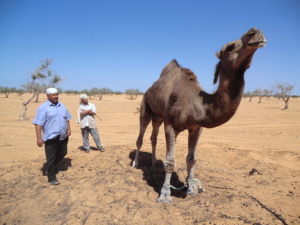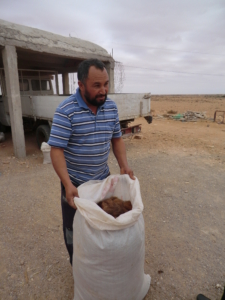Within the framework of the Support to Farmer Organizations of Africa Project (Sfoap), Fert introduced at the end of 2014 the animation of an pilot action “camel” in Tunisia. A support is proposed to six associations and local cooperatives including hundred breeders/farmers each.
In the South of Tunisia, three governorates – Mednine, Tataouine, Kebili – represent more than 80 % of the national staff regarding camel breeding.
The breeding in this zone can be considered as traditional – extensive on course; the livestock being still considered as a heritage/capital, but not necessarily in a dimension of production. At certain breeders nevertheless, we can notice a production of meat and dairy production in phase of intensification.
Besides, the Tunisian government makes some breeding a priority sector with the recent adoption of a strategic plan of development for the horizon 2020. For that purpose, many technical problems (health, nutrition, rangeland degradation, access to water, mass selection, etc.) are to be treated first and foremost by the government. The question of the technical advice is also essential.
However, when the production increases, problems of marketing remain significant. At this stage, the sector is very poorly organized:
- The breeder sells an animal to a butcher at the latter’s request
- The milk is collected only since recently. Previously, he only acted as medicine. Certain breedings turn gradually to this production even if no channel of marketing still exists. Only some informal “short circuits” are set up: for example, a breeder contractualizes a small volume with a pastry. No system of collection or pasteurization being ready in this region, the milk is believed and thus little marketable except the zone.
If associations and local cooperatives committed in the experimental action were initially centered on the management of water sources and the conservation of courses, they think gradually about the support which they could set up to facilitate and organize this enormous construction site of marketing which remains to build.
A reflection is also committed concerning the valuation of the hairs of dromedary.
Used traditionally in the weavings of the South, the manual spinning is gradually abandoned because considered difficult, and it does not make way for a mechanized shadowing; this outlet is going to be thus gradually given up. Relations between breeders and craftsmen are envisaged to think about this problem.





